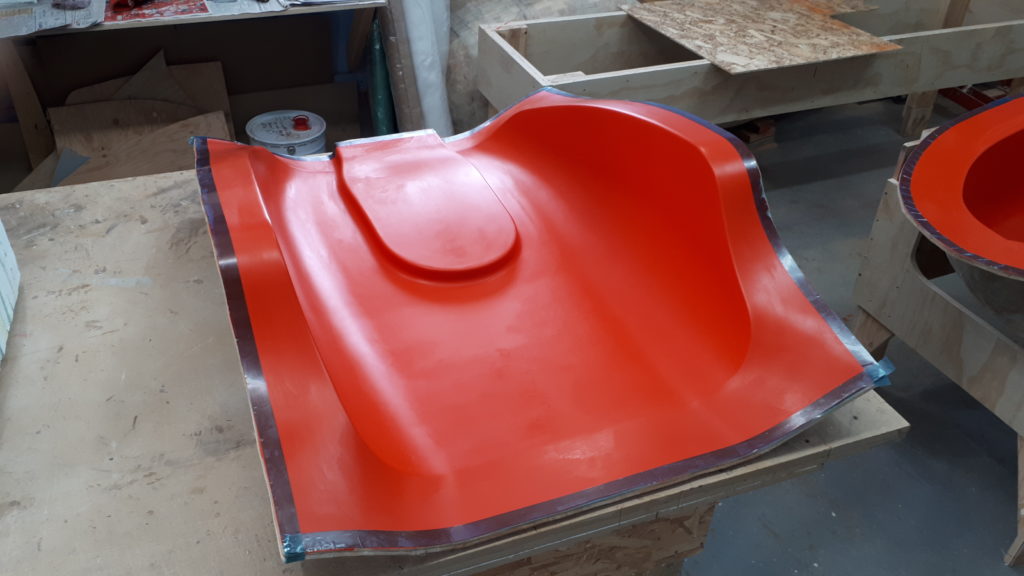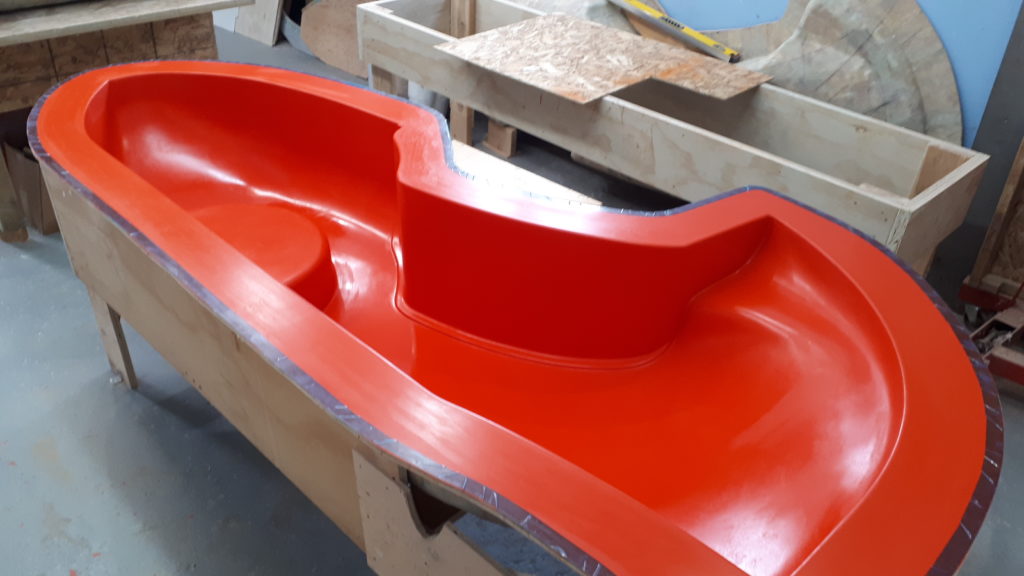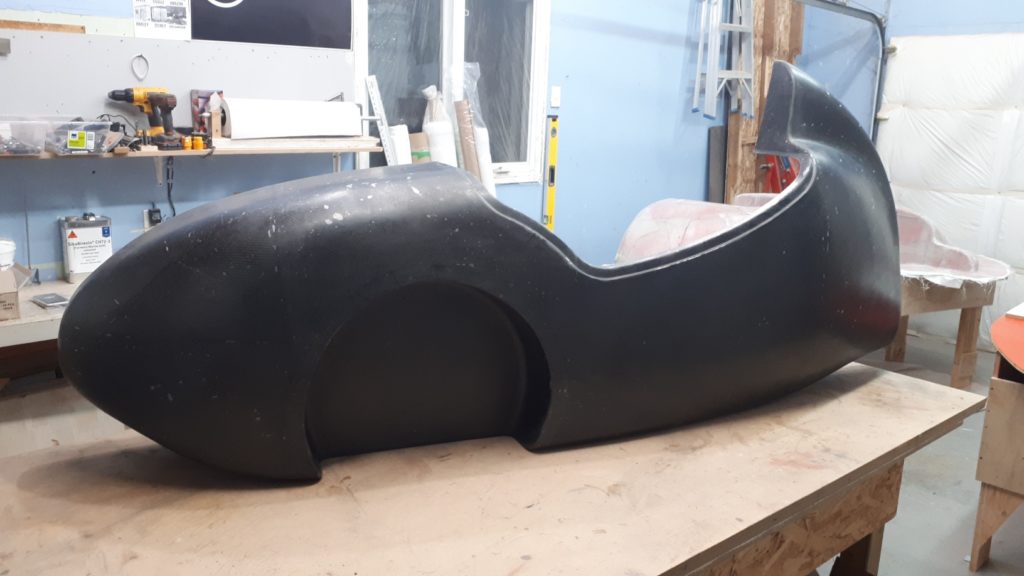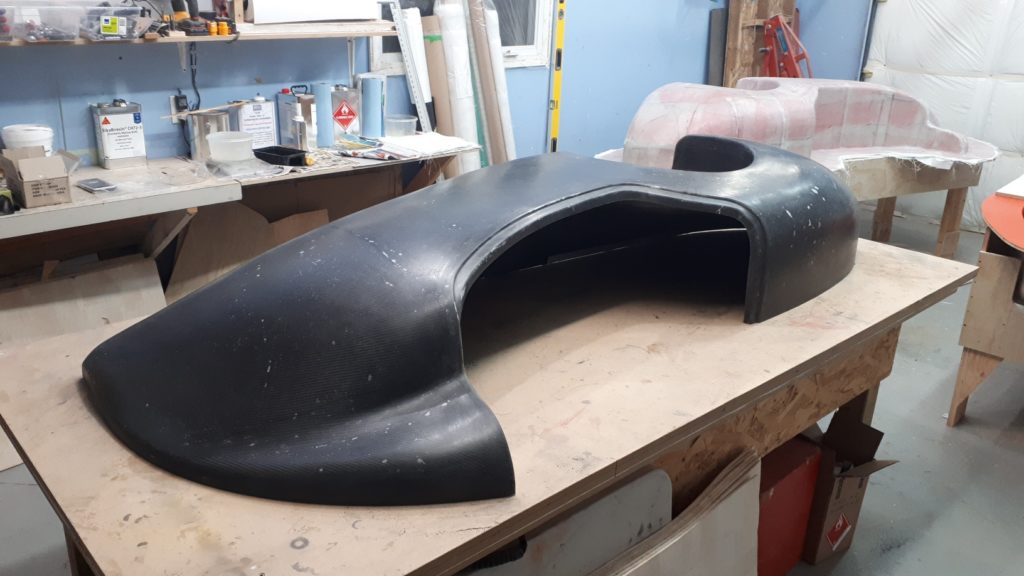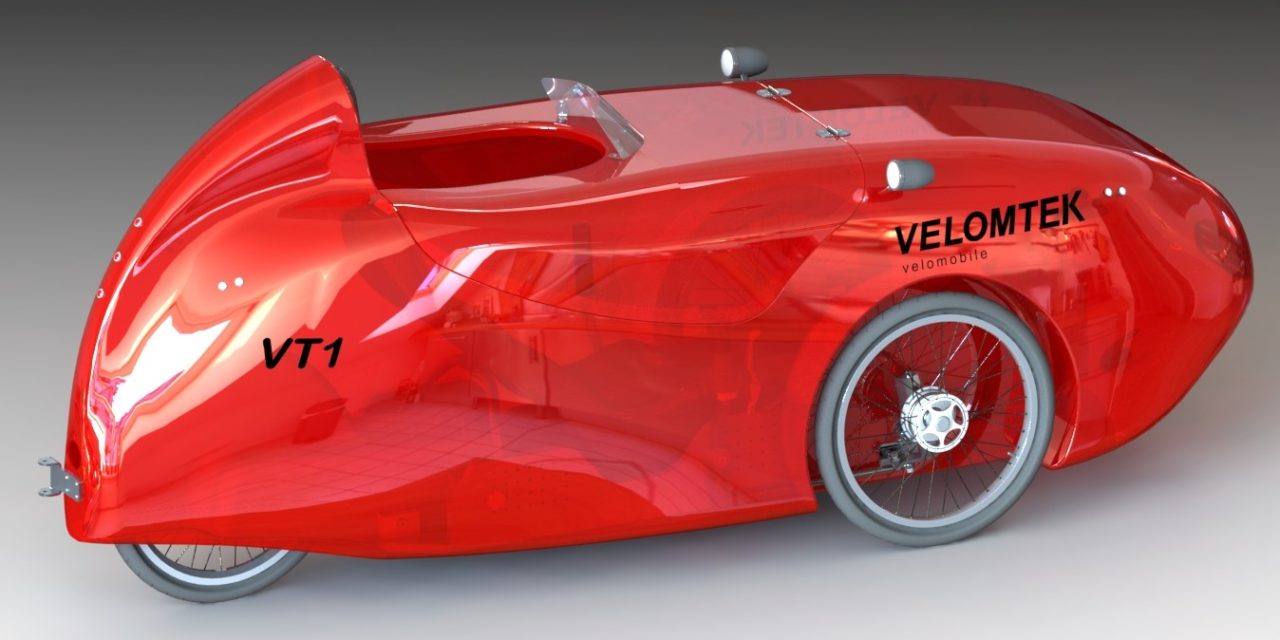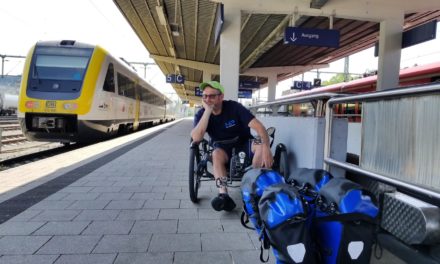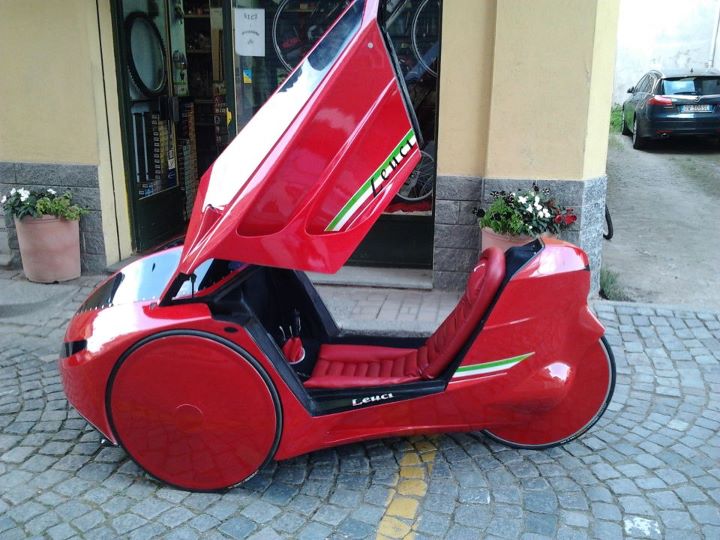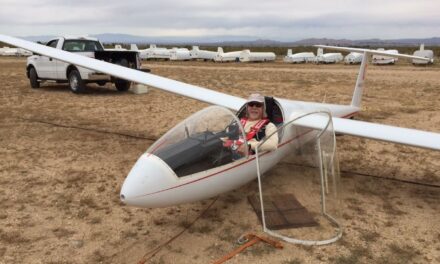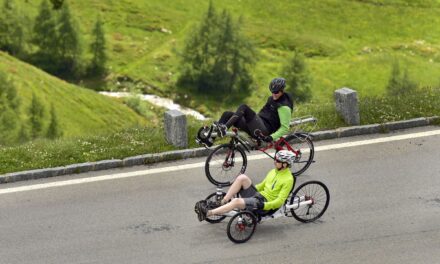Let’s begin with the vision. What was your motivation to start the company?
I have several motivations in this company. The main one is to offer people a vehicle that is practical, efficient, safe, ecological and good for their health. Active transportation is, in my opinion and according to several studies, one of the best solutions to people’s transportation problems.
The velomobile, with or without electric assistance, is considered to be one of the most efficient means of transportation for several reasons. Electric cars continue to evolve and are being produced in greater numbers, but these technologies are not necessary the best option in term of environmental and human impacts.
Producing in Canada and marketing internationally a vehicle with a small ecological footprint is also a great motivation for me. For the vision, the one posted on the website (TO BECOME A WORLD LEADER IN THE PRODUCTION AND MARKETING OF VELOMOBILES) remains valid. I hope that this dream will append in this new decade!
How long have you been working on the velomobile project?
My experience with these machines, began in 2007 when I visited Toronto to test drive two commercial velomobiles. A Cab-Bike and a Go-One. A few years later, I started working on the concept of a Delta velomobile. The rest is history.
You have worked on a delta type of a velomobile until last year and you were even able to start selling them. Why did you start to work on a classic tadpole concept?
I developed the VX1 delta which was 100% front-wheel drive. Then I developed the VX2 which was all-wheel drive. I took this product to the marketing stage and three VX2s were sold. Despite my 25-year career as a mechanical engineer, I learned a lot through this product development. The VX2 is a good machine and I could have developed it further. The feedback from the public was very good but the orders were not enough to make the company grow.
From the end of 2019 I explored the market potential of a new tadpole type model and that’s when VT1 was created. All resources are now concentrated to start its commercialization in 2021.
Are there still some advantages of the delta concept you like and miss on the tadpole version?
Three-wheel traction on slippery surfaces and the simplicity of the steering mechanism.
Do you plan to offer your velomobile only with an electric motor or also without it?
Yes, the basic VT1 is configured with a 20″ rear wheel without a motor. This is to reduce the cost and weight of the bike and to satisfy the needs of several users. The VT1-e is the model with the wheel motor.
Why do you prefer a head-out style with just an additional „glass bubble“ for bad weather?
Yes indeed, because I believe that there are more advantages than disadvantages. An example is that in hot weather days, the air flowing from the front of the vehicle to the head opening prevents the driver from overheating. Seeing well ahead and the feeling of contact with nature around you makes every ride more exciting.
The ‘’bubble’’ is made of polycarbonate to be impact resistant and lightweight, not glass at all.
Where are advantages of your project compare to similar velomobiles like the Velomobiel.nl Strada for example?
Other models of commercial velomobiles, such as the Strada for example, are very good machines. Among the points that I consider interesting and different with the VT1, there are:
– The entry and exit of the velomobile is easier (via big door)
– Possibility of removing the door to roll without
– Sufficient interior space for people with broad shoulders
– The option of electric assistance via a wheel motor and not a mid-drive motor, allowing regenerative braking, a throttle mode, no internal noise caused by the motor, no high stress on the chain.
– Cargo space behind the seat
– Higher head position for better visibility in an urban environment
– The full visor / racehood is 100% clear polycarbonate for maximum visibility. Can be stored in the back.
– Large air inlet in the front for good ventilation of the driver (with the possibility to be blocked in cold weather days).
– 90mm drum brakes are standard
– Always an optimal chain line because no derailleur is required.
– Option of two transmissions (8 or 14 speeds)
– Higher headlights (integrated into the mirrors) and also used as turn signal lights
– Same tire size for all wheel
– Adjustable and maintenance-free elastomer rear suspension
– Wide seat adjustment range (height and aft/fwd)
– No risk of chain derailment because there is no derailleur.
– Possibility to shift gears when stationary
– Ease of maintenance of the rear wheel
– Only the short chain (connecting the transmission to the wheel can get dirty, the other is protected and maintains maximum efficiency).
– Possibility to adjust the position of the crankset without shortening the chain.
– Integrated cell phone holder on the front.
– Possibility to install a disc brake on the rear wheel
– The price because it will be made in Canada
When do you expect to have a production version ready and what is a target price?
I hope to complete the commercial version of the basic VT1 by June 2021. The VT1-e version will be tested thereafter. The selling price of the first basic VT1 will be approximately $8000 CAD.
Do you plan to keep the production in Canada or do you have some other goal?
Completing the development of the commercial versions of the VT1 and VT1-e is a big project and significant investment. Once production is more under control, within 1-2 years, it is not impossible that sub-assembly and other activities will take place outside of Canada. It will depend on demand in the USA and Europe and many other factors.
What would you consider as a success?
To be able to develop and produce in small series, a velomobile like the VT1 that is appreciated by its users, will already be a great success.
Bringing the company to the stage of profitability by delivering 1-2 velomobiles per week in the medium term will be another great success. Let’s take it one step at a time.
Is there anything else you would like to tell to our readers?
Designing and developing velomobile that are durable, lightweight, high-performance and practical represents several challenges. It’s all a matter of compromise and it’s difficult to design the ideal product because every user has his or her preferences. If you wish to one day ride with Velomtek products, I ask you to be patient and persevering as I have been since 2016 with all the resources (time and money) invested in this beautiful project.
For people interested in becoming ambassadors for Velomtek products, please let me know. Join the newsletter to stay informed.
The best is yet to come for this emerging market!
Thank you for the interview!
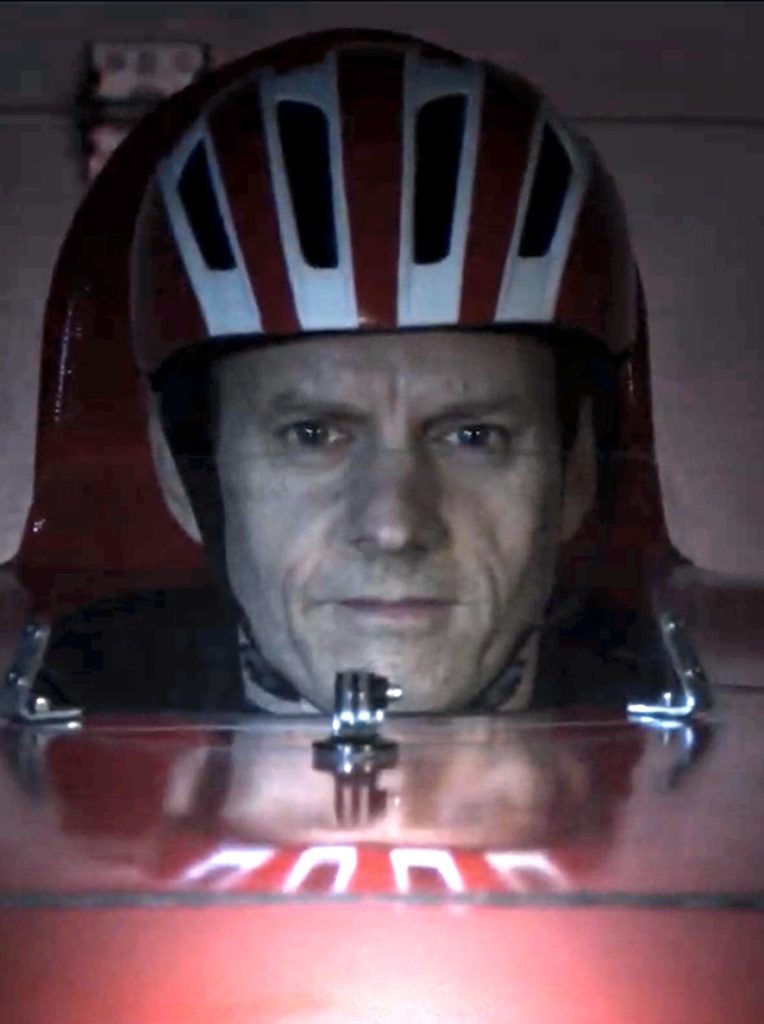
Little CV
Name: Francois Garneau
Year of birth: 1967
Residence: Beloeil, Province of Quebec, Canada
Education: Automation/mechanical engineer
Job: President and founder of Velomtek Inc. Also mechanical engineer consultant
Bike(s): VX2, VT1 on going…
Motto: Never give up!
Web: www.velomtek.com
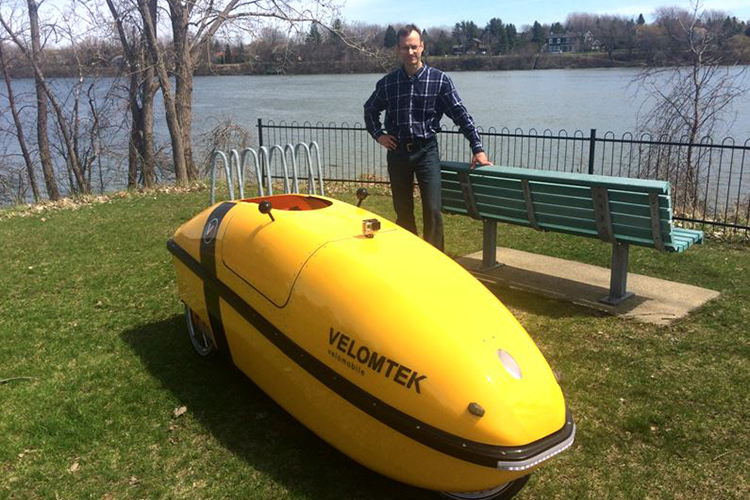
Velomtek VX1 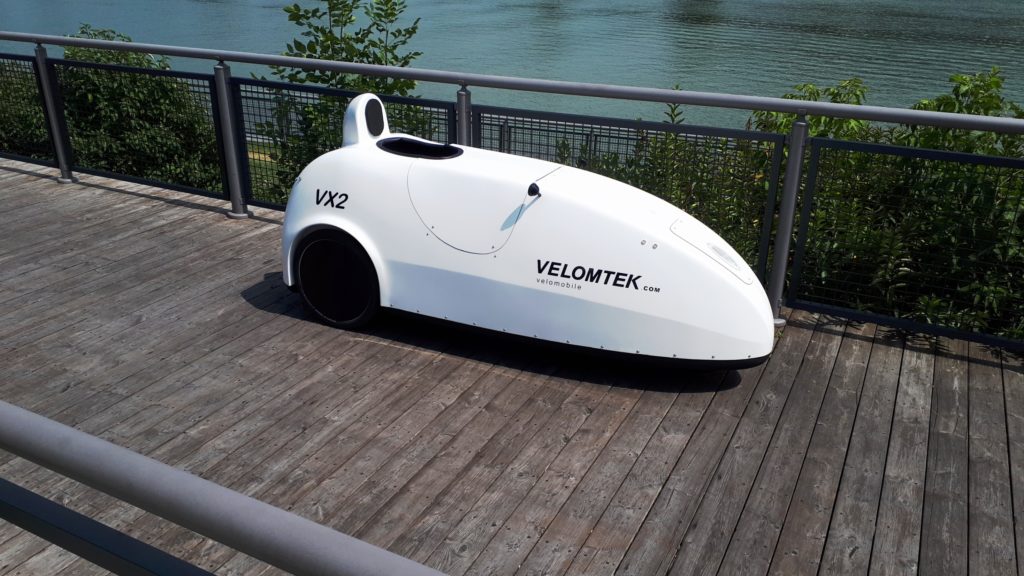
Velomtek VX2 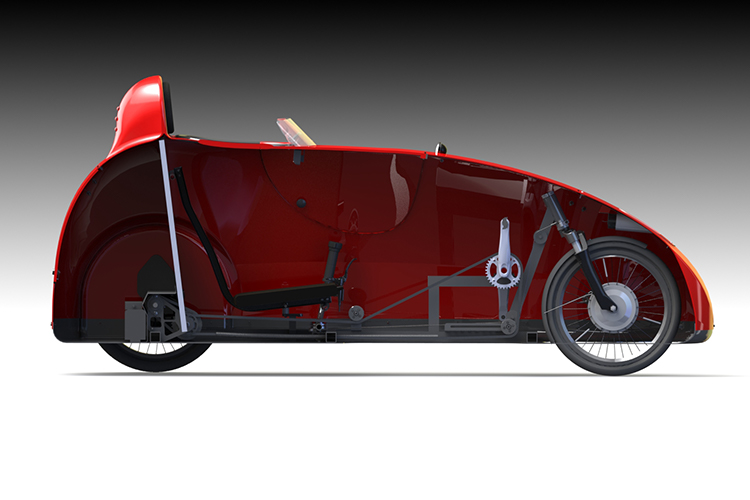
Inner view of the VX2 delta velomobile 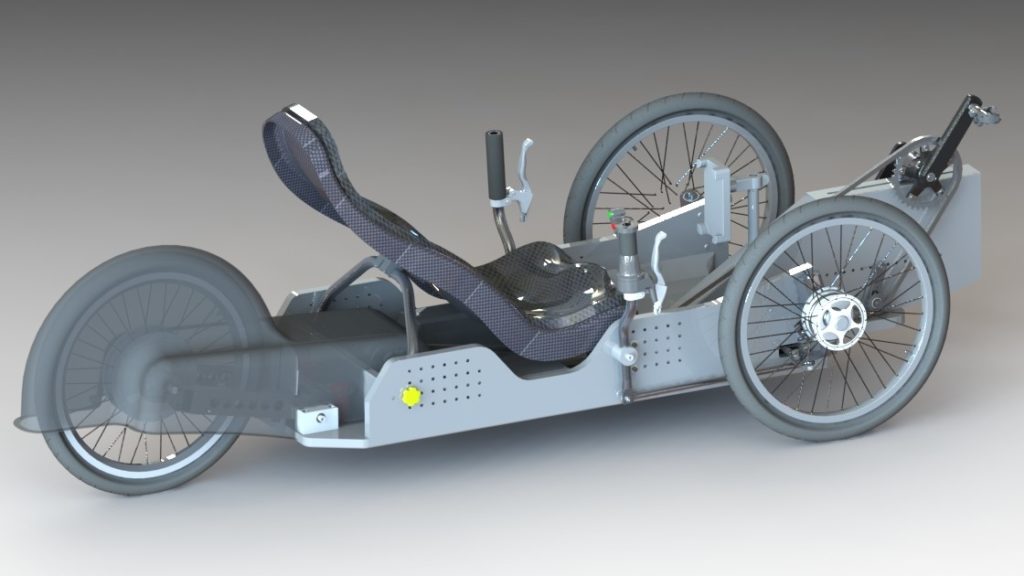
chassis of the VT1 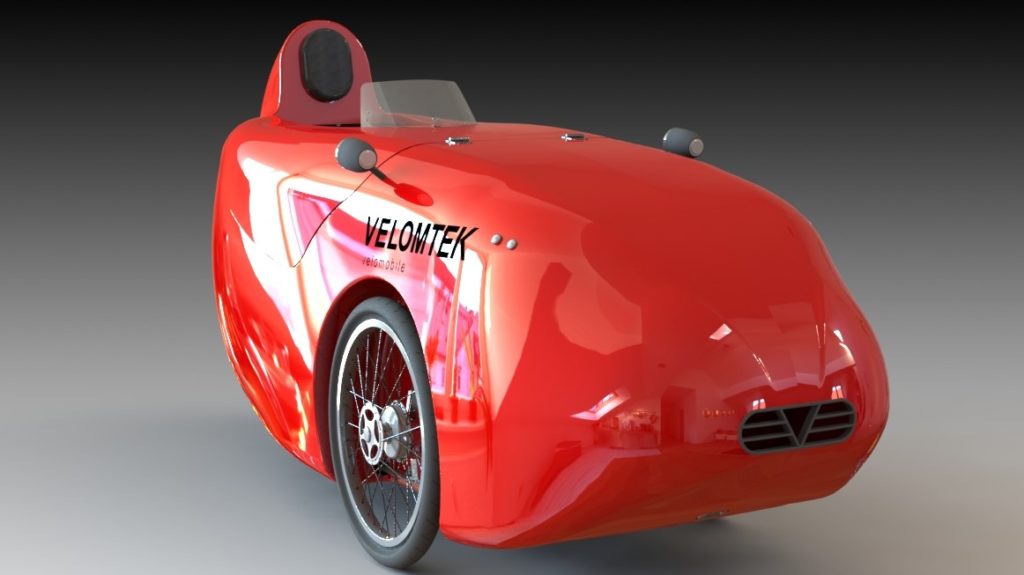
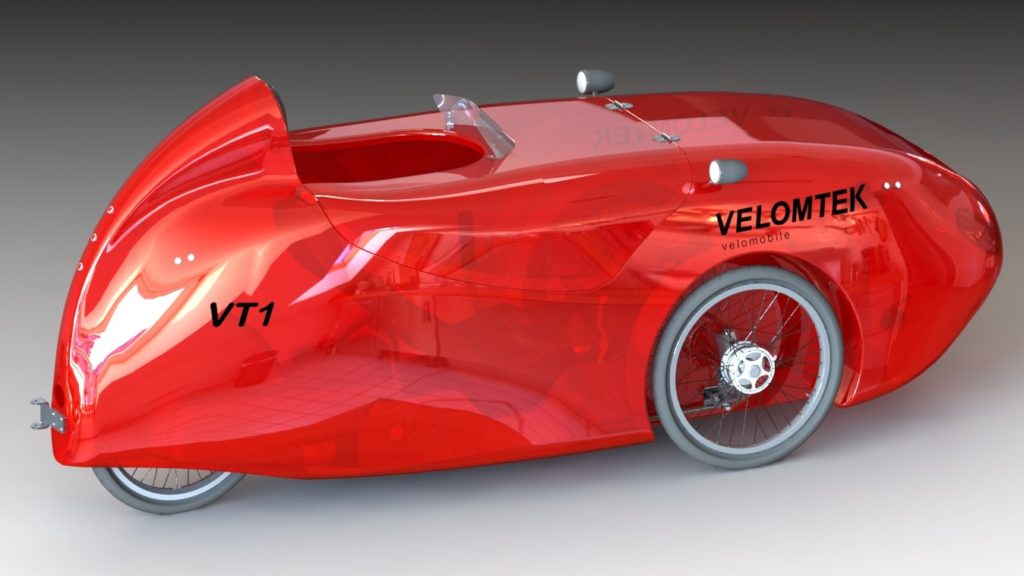
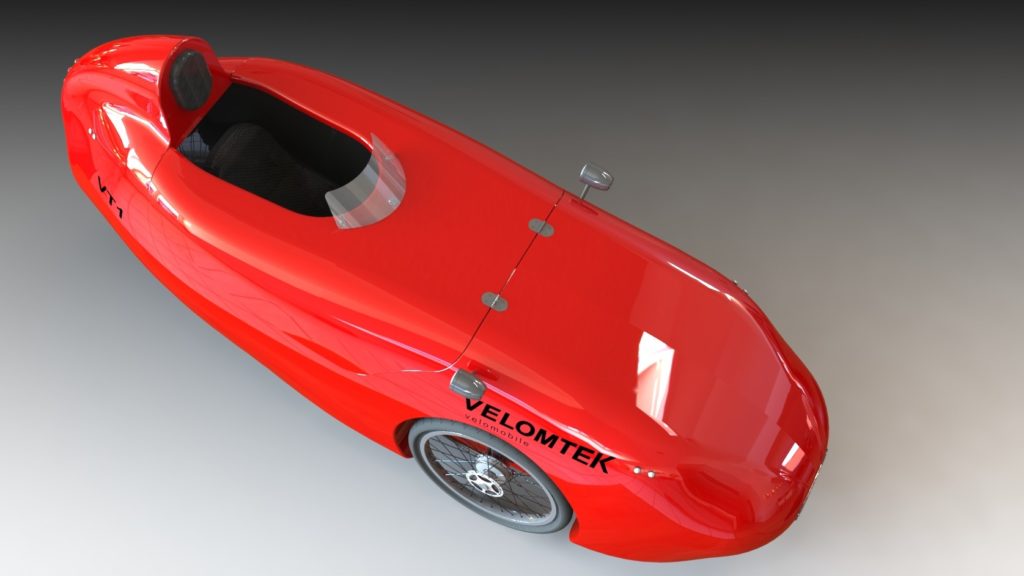
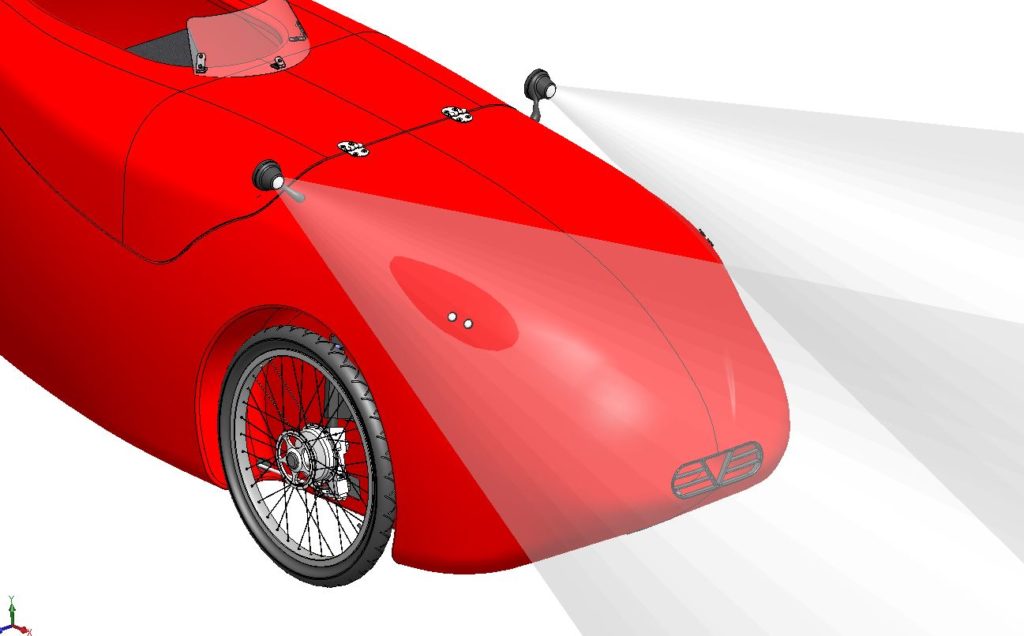
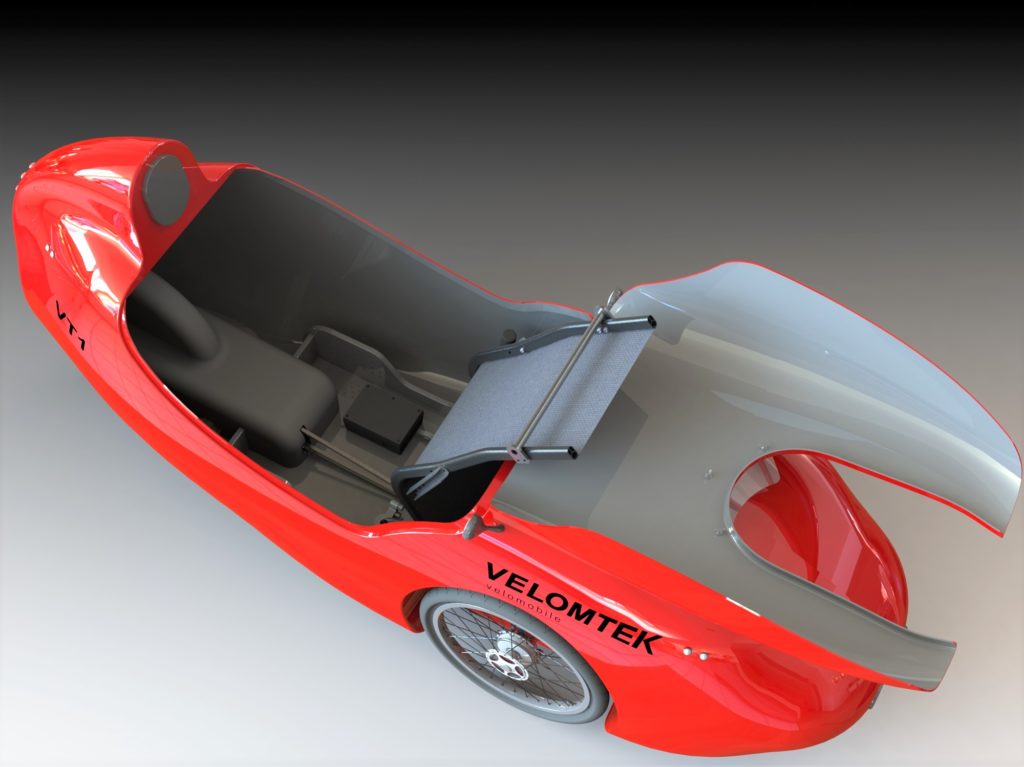
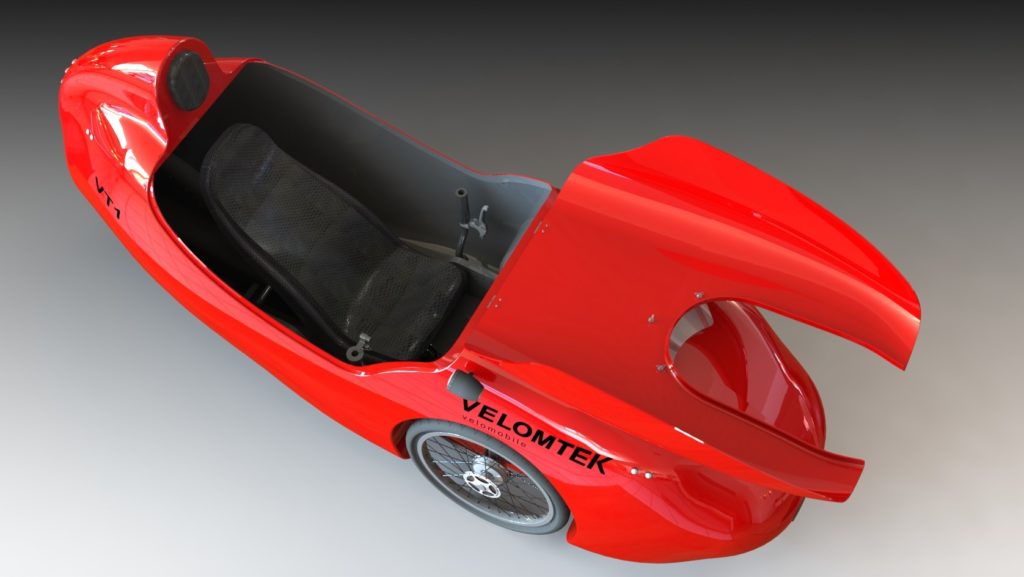
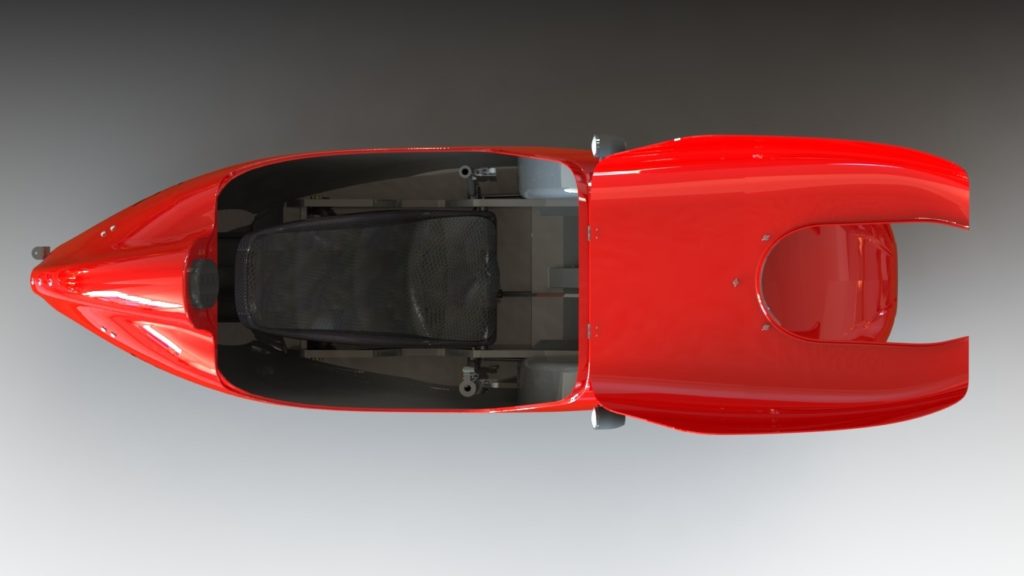
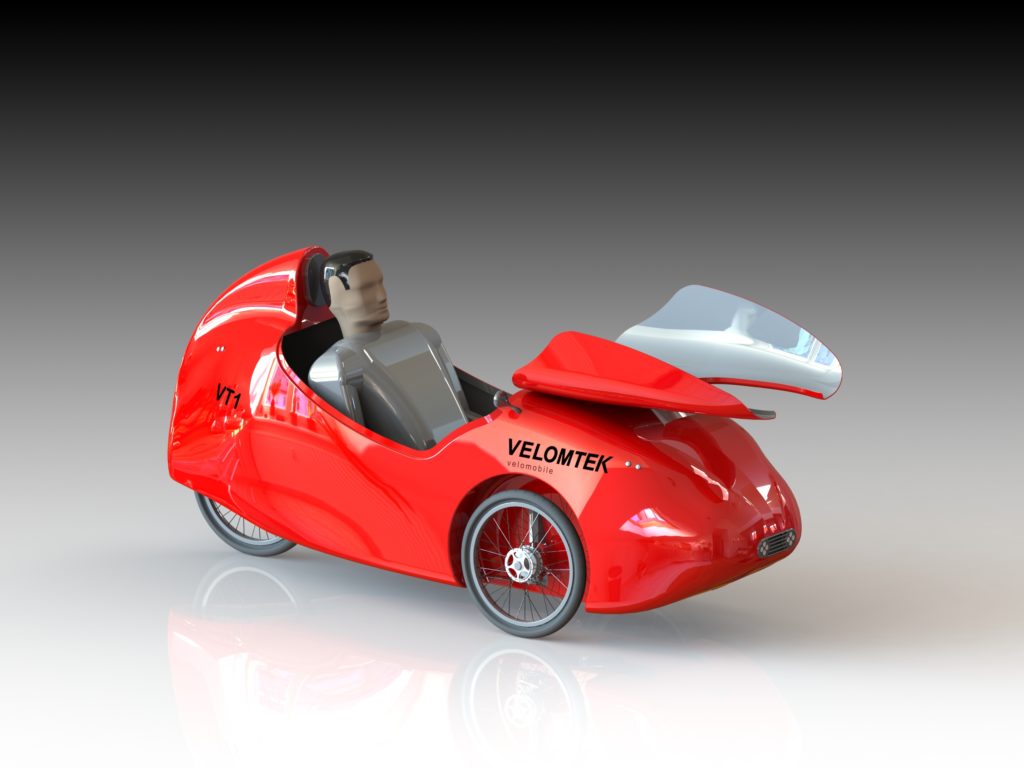
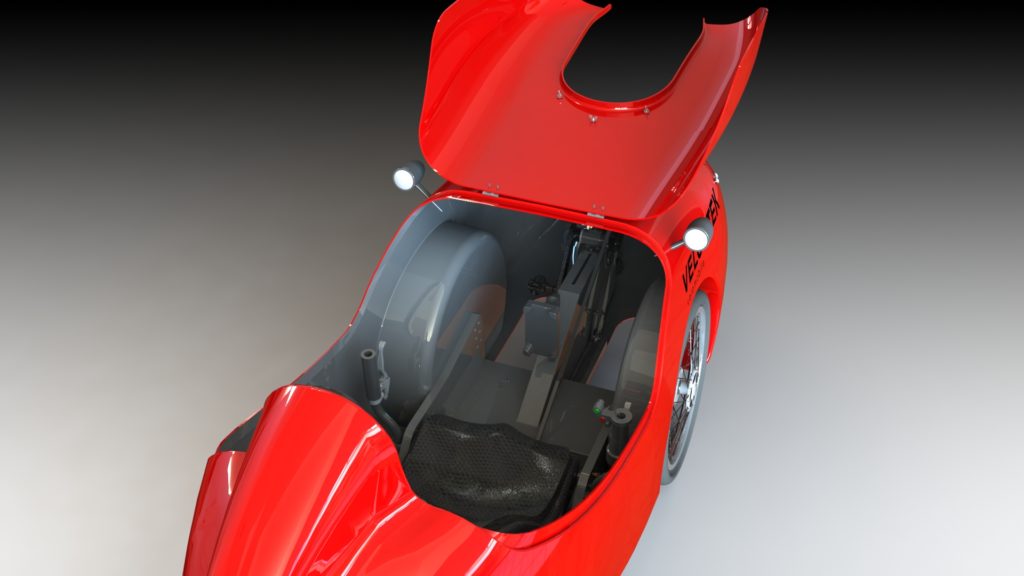
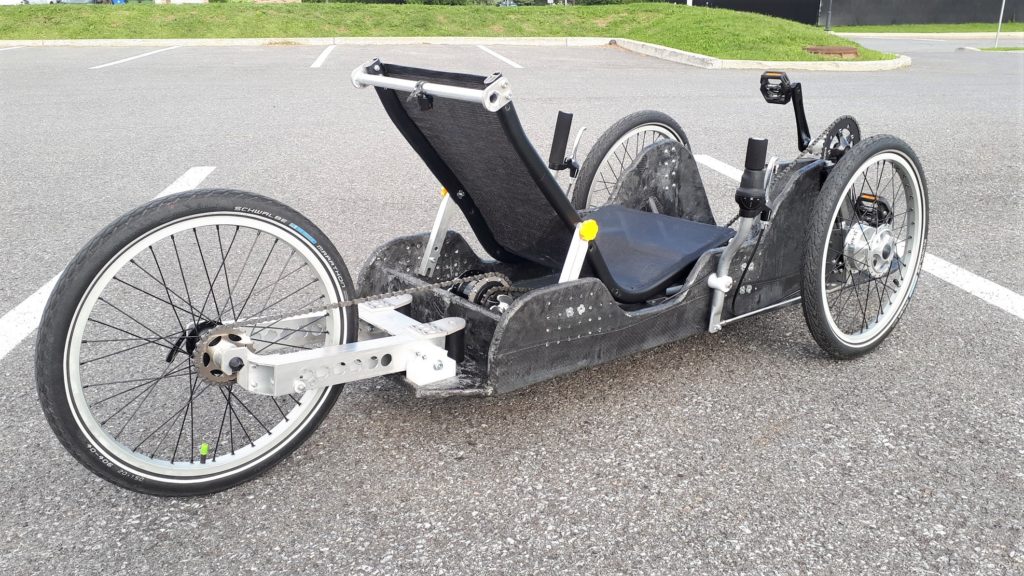
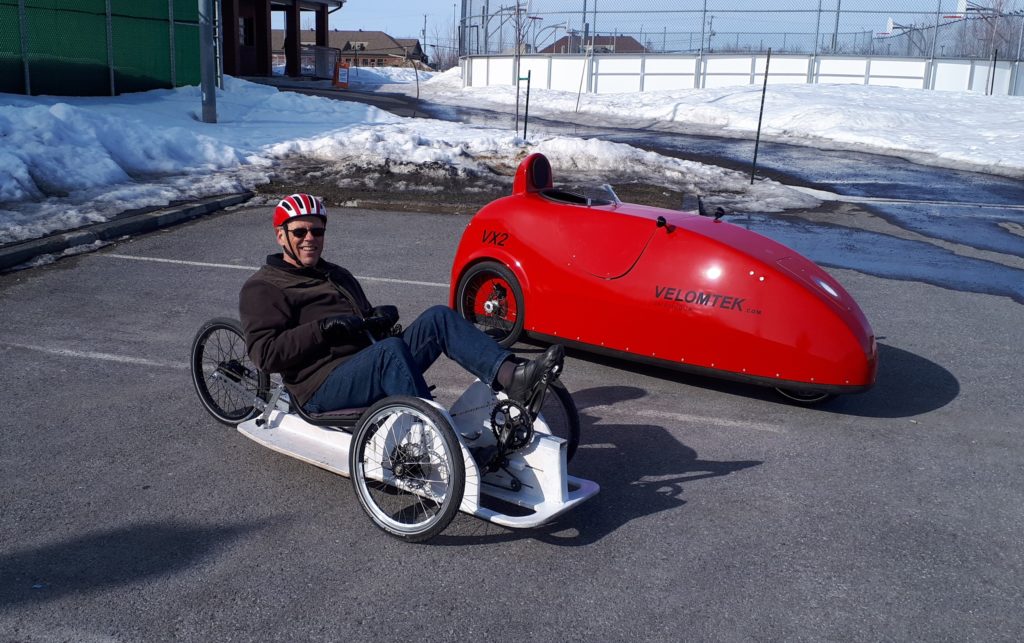
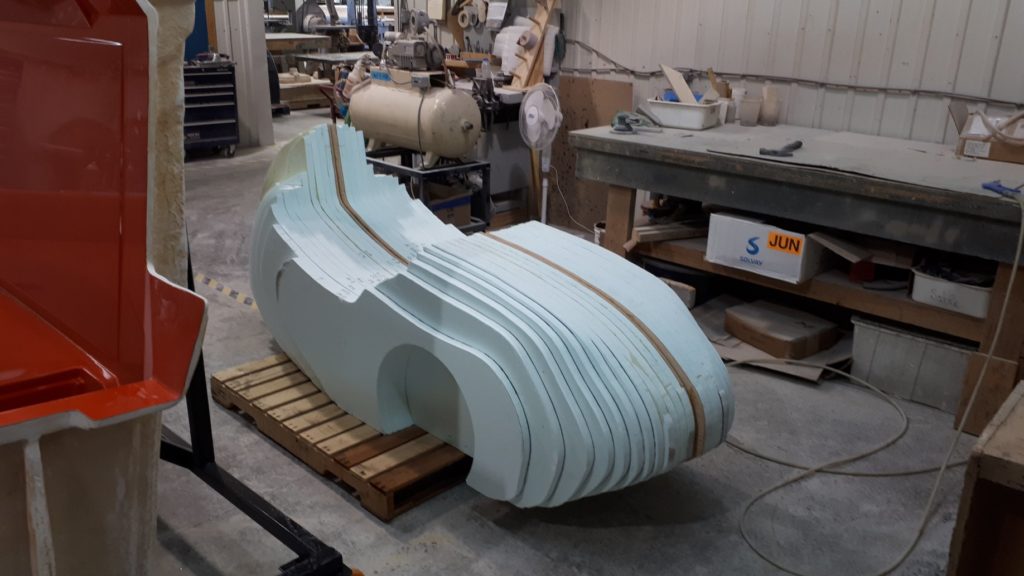
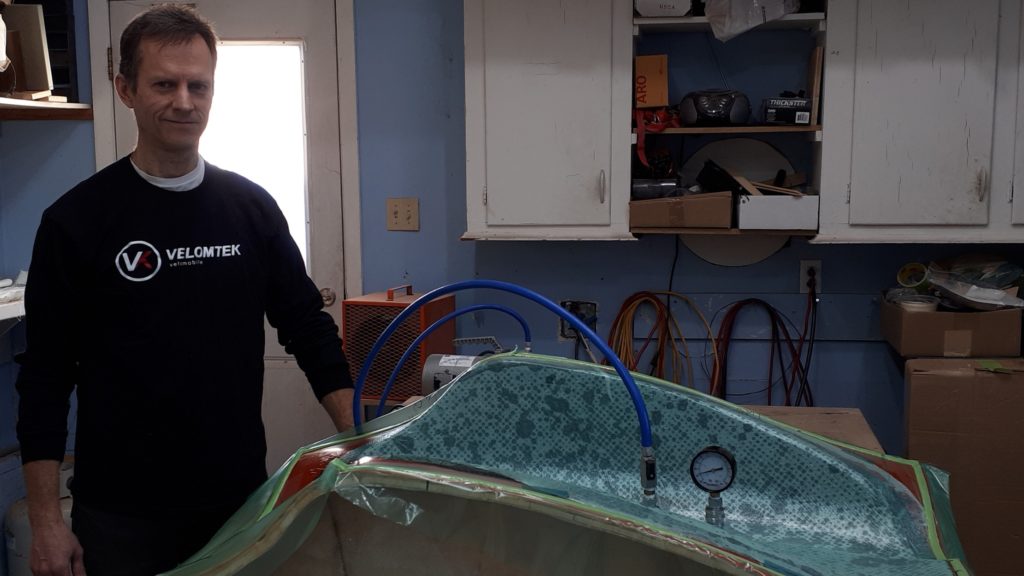
Francois Garneau working on the fairing 